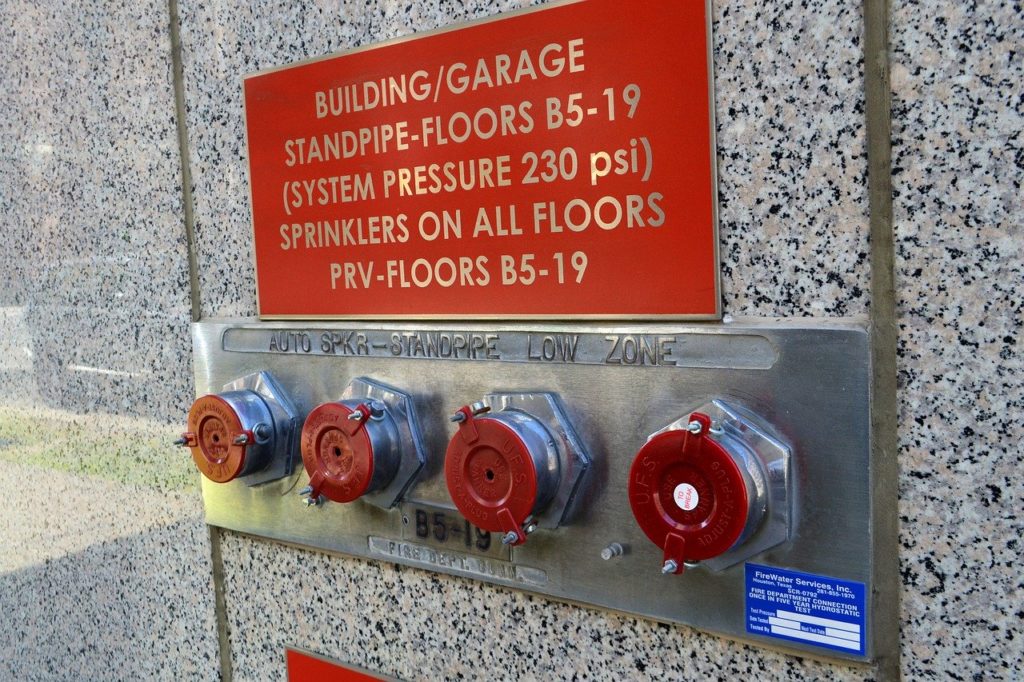Comparing Different Fire Alarm System Features

Fire alarm installation in your building is crucial for the safety of the structure and the people inside it. Coded and conventional fire systems paved the way for newer fire suppression panels such as the multiplex and addressable systems. Innovations in design allow for more accurate targeting of the system’s fire suppression efforts.
Improvements
Conventional fire panels are typically located at a central location in an older building or facility. When a sensor detects a problem, it communicates the general area where the problem occurs to the central panel. Every fire suppression device in that area is then activated, flooding the whole vicinity. Addressable systems can pinpoint the exact location of the sensor that is triggered. The extinguishing agent can then be released only on the precise room or area where there is an issue, limiting the damage caused by the fire suppression system itself. This is why addressable panels are the preferred model for modern fire alarm installation.
New Systems
An addressable system is inherently more complex than older models. Therefore, they often have multiple control panels for different areas or different buildings. The fire suppression system is only initiated in the area affected, which can save your insurance company a lot of money when it comes to replacing equipment. Water is used in most systems, but there are other options for buildings that house highly sensitive equipment. Addressable systems also have the benefit of minimal disruption to unaffected areas, allowing emergency personnel to focus on the central location of the fire.
Fire alarm installation of a brand new system in a new building is much easier than removing and replacing conventional systems in older buildings. As new construction occurs, more property owners are choosing the latest in fire suppression technology to protect their buildings. More specific knowledge of the fire’s location can result in less damage and a safer evacuation.
